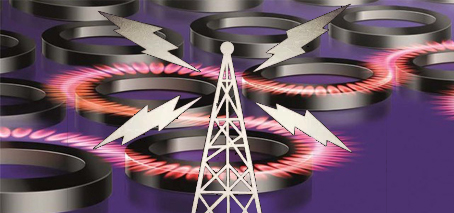“It’s so simple my retired parents could do this in their kitchen.” FLEET AI Torben Daeneke discussed deceptively-simple methods of depositing atomically-thin materials with Rohan Neagle, on Radio Adelaide’s Subatomic radio show.
Torben’s interview also covered why 2D materials are key to ultra-low energy electronics, the mechanics of 2D deposition, the end of Moore’s Law and the massive amount of energy now being used in computing around the world.
In 2017, a RMIT-led study found ground-shifting success with a new technique that will open new doors across the range of 2D semiconductors. The discovery has been described as a ‘once in a decade’ advance.
FLEET’s development of ultra-low dissipation electronic pathways is enabled by the science
of atomically-thin, two-dimensional (2D) materials. Large-scale deposition of such 2D materials is a key
challenge for FLEET’s Enabling technology A.
More information:
- Dr Torben Daeneke torben.daeneke@rmit.edu.au
- Radio Adelaide Subatomic Radioadelaide.org.au/program/subatomic
- Original story at RMIT



